Danny Boyle & Jodie Comer Open Up About 28 Years Later Pandemic Parallels and Evolving Horror
Danny Boyle and Jodie Comer made waves at the red carpet premiere of 28 Years Later in London’s Leicester Square, alongside co-stars Aaron Taylor-Johnson and Alfie Williams. The third installment in the acclaimed 28 Days Later franchise, the film brings back the infected world audiences first saw in 2002 — but this time, it’s darker, more introspective, and eerily more relevant.
When 28 Days Later debuted, its empty London streets were pure fiction. But after the global COVID-19 pandemic, the dystopian eeriness became all too familiar. Now, director Danny Boyle and screenwriter Alex Garland return to the franchise with a more emotionally grounded sequel, shaped by real-world trauma.
“The idea that only movies could show the world falling apart has changed,” Boyle told BBC News. “Now it feels like it can really happen — because it did.”
The New Chapter: A Post-Virus World
Set 28 years after the outbreak of the Rage Virus, the new film explores how life has evolved — for both survivors and the infected. While the rest of the world has slowly recovered, Britain remains in isolation, its residents surviving in pockets of remote settlements.
One such group lives on Holy Island, off the northeast coast of England. There, Jamie (played by Aaron Taylor-Johnson), his 12-year-old son Spike (Alfie Williams), and his ailing wife Isla (Jodie Comer) try to maintain a semblance of normalcy, far from the infected zones on the mainland.
As the infected mutate into more agile, deadly forms — including crawling variants and Alpha leaders — the threats are more terrifying than ever. Spike, having only known this survivalist lifestyle, is forced into a coming-of-age journey as his father prepares him to confront what lies beyond the island.
“Twenty-eight years in, people start pushing boundaries again,” Boyle explained. “They test how far they can go before it’s too far — much like we all did post-Covid.”
Innocence Meets Horror: Jodie Comer’s Powerful Role
Jodie Comer, known for her intense performances in Help! and The End We Start From, tackles new emotional terrain as Isla, a mother battling both physical and mental decline while protecting her son.
Comer revealed that the film’s emotional complexity resonated personally.
“There are times I wished my parents had told me certain truths — painful as they were. That emotional tension runs through Isla’s relationship with Spike.”
Her character moves between lucidity and disorientation, reflecting decades of trauma. Yet moments of clarity show her true strength — such as defending her family or delivering a baby mid-chaos.
“It was the hardest part,” Comer admitted. “Portraying Isla’s mental decline with honesty but also strength was a balancing act.”
No CGI, Real Terror: Behind the Scenes
The production leaned heavily on practical effects. Boyle chose realism over digital tricks — with zombie actors spending hours in makeup to embody the Rage-infected.
“There’s no holding back,” Comer said. “You’re genuinely out of breath, panicked, and the fear becomes real.”
Social Commentary Beneath the Horror
Boyle, known for socially reflective films like Trainspotting and Slumdog Millionaire, laced the movie with political and cultural allegories. Holy Island’s feudal society reflects a world stuck in the past — a theme Spike begins to question.
“The world he’s born into is nostalgic, static,” Boyle noted. “It’s about the dangers of looking backward while pretending we’re moving forward.”
Franchise Future & Critical Reception
28 Years Later is the first in a planned trilogy. A second film, already shot and directed by Nia DaCosta, is slated for release next year. Boyle is expected to return for the final chapter, continuing Spike’s journey into a larger, broken world.
Early Reviews Praise Comer & Boyle
- The Telegraph called the sequel “transfixingly nasty and Boyle’s best film in years.”
- The Times hailed it as “possibly the best in the series,” applauding Comer’s standout performance.
- The Independent found it metaphor-heavy, while The Guardian said the tone wavered, but both acknowledged the ambition.
Real-World Parallels: Rage, Social Media & Collective Fear
The original virus in 28 Days Later was created by exposing chimpanzees to violent footage. When asked if he saw a link to today’s rage-fueled social media landscape, Boyle didn’t hesitate.
“Our phones amplify emotion. We’re driven through screens, not by real conversation. That rage is real — and horror helps us confront it.”
Despite technology dominating our lives, Boyle emphasized the importance of shared cinema experiences:
“There’s something magical about watching a story together. It’s fragile but worth preserving.”
Conclusion: Horror Rooted in Humanity
28 Years Later isn’t just about zombies — it’s about survival, family, memory, and the fragility of human connection. As the lines between fiction and reality continue to blur, Boyle and Comer remind us why horror remains one of the most vital genres of our time.
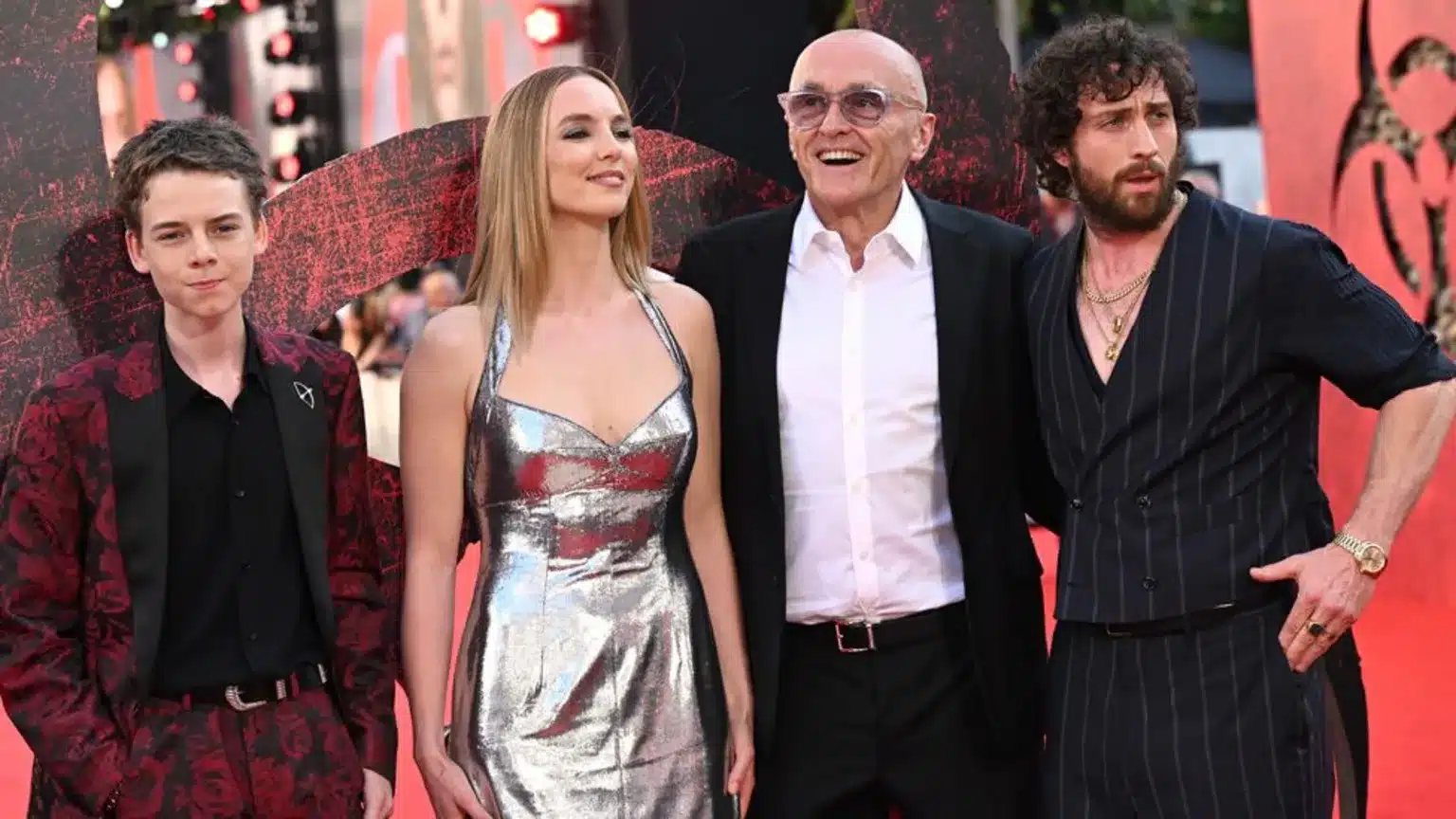
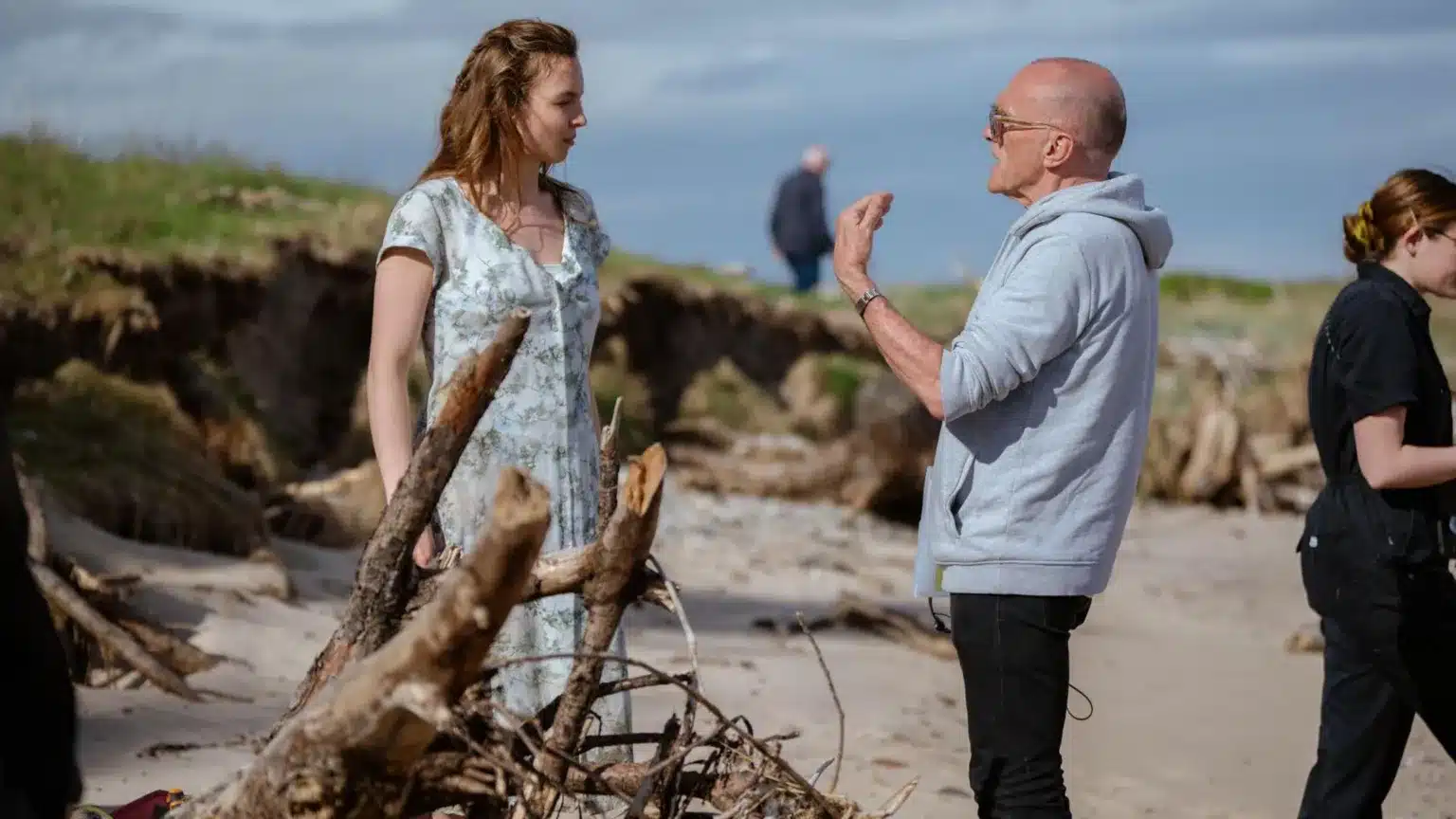
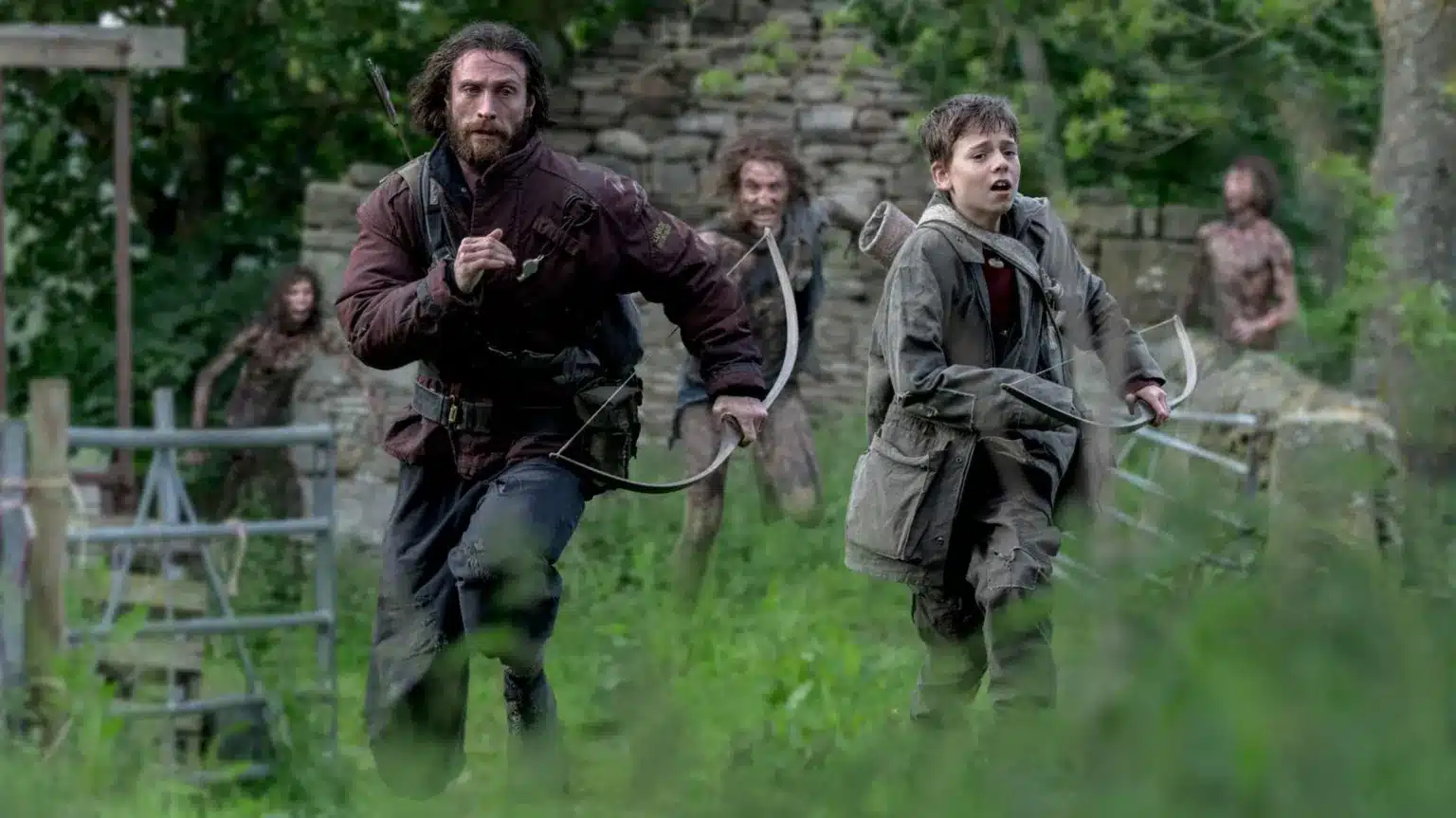




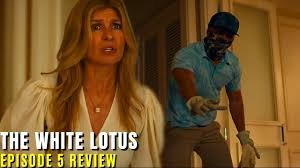
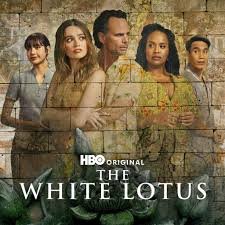
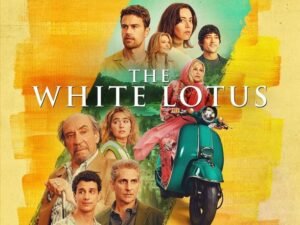






Post Comment